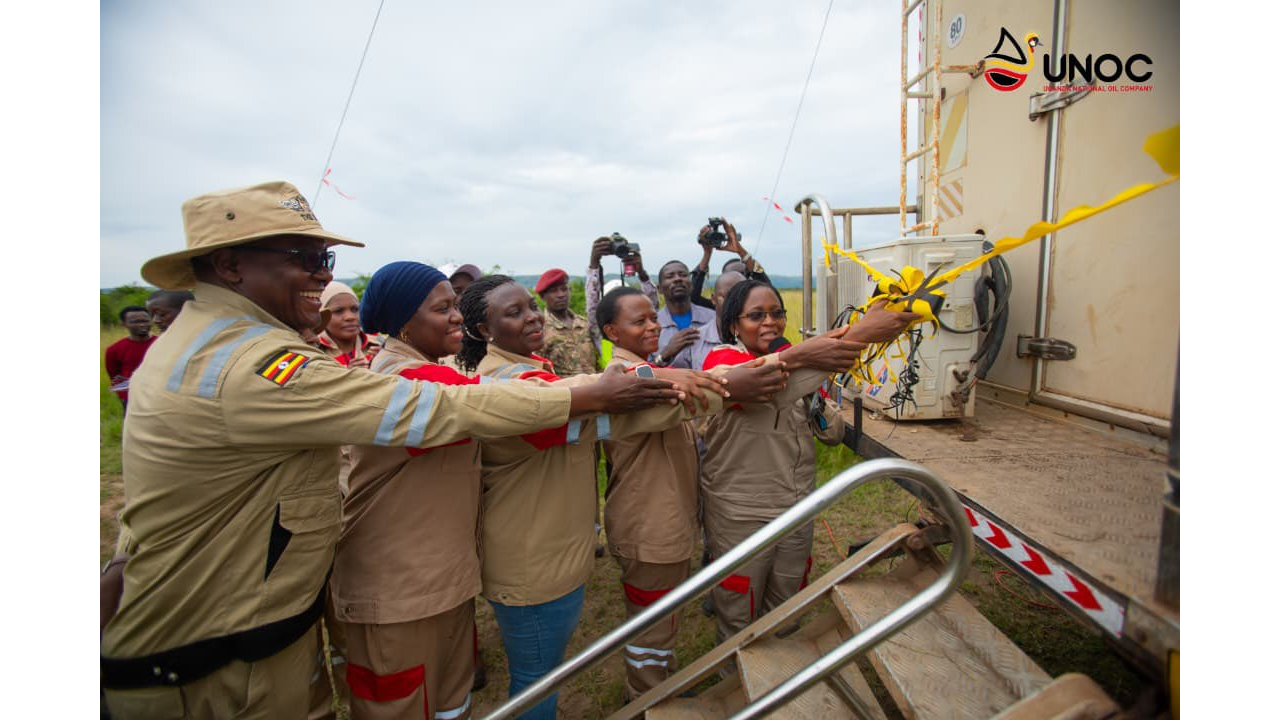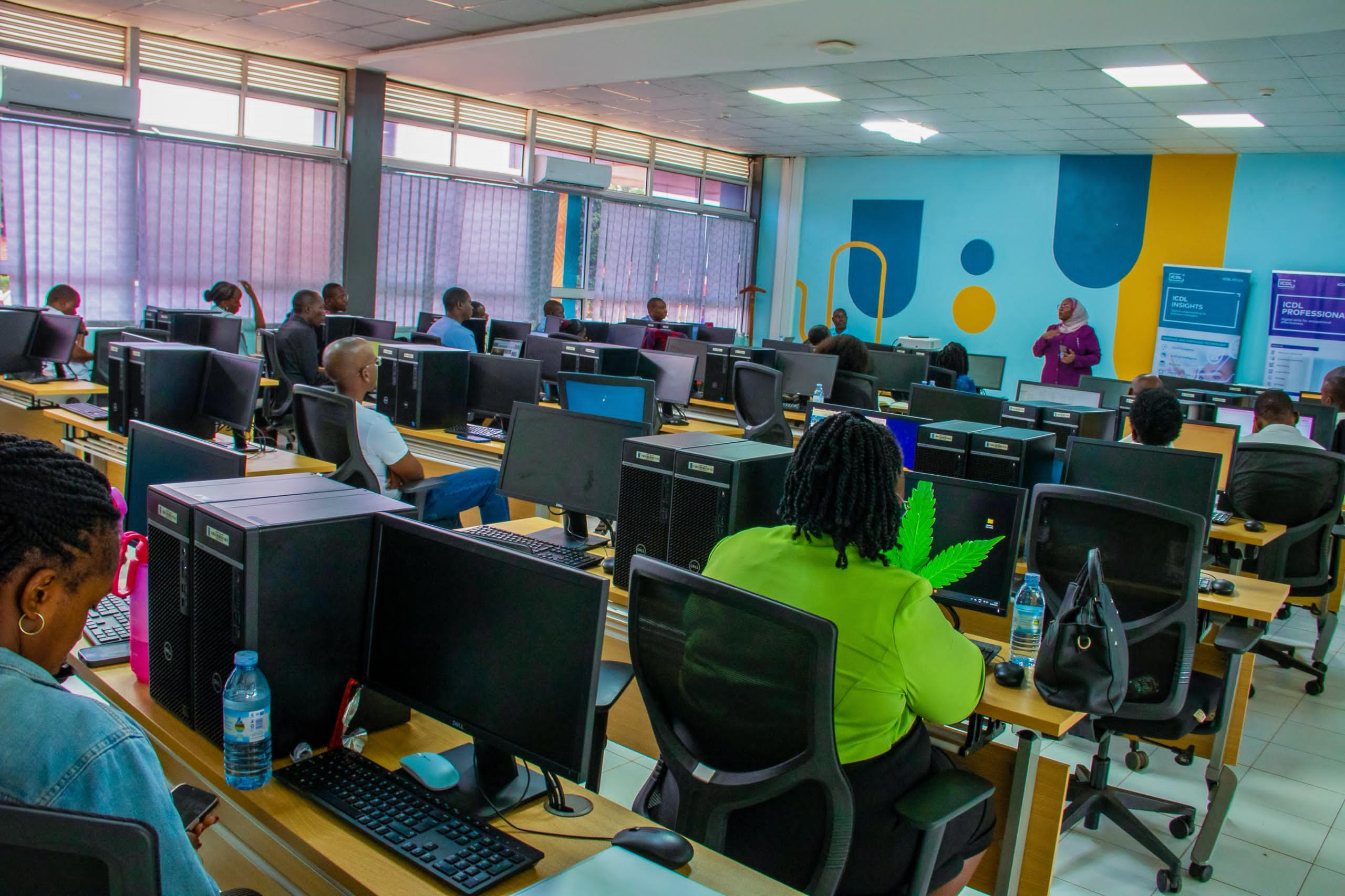Uganda’s oil and gas sector is embracing cutting-edge technology, as demonstrated during the launch of the Kasuruban Contract Area 2D Seismic Survey, a major milestone for its exploration work programme. The launch coincided with a high-level visit by Ms Lucy Nakyobe, Head of Public Service and Secretary to Cabinet, alongside Dr. Aminah Zawedde, Permanent Secretary of the Ministry of ICT & National Guidance, Eng. Irene Batebe, Permanent Secretary of the Ministry of Energy and Mineral Development, and Ms. Proscovia Nabbanja, Chief Executive Officer of the China National Oil Company (CNOC) Uganda.
The survey, spanning 150 kilometres across Buliisa, Hoima, and Masindi districts, aims to enhance subsurface imaging and refine exploration targets, thereby advancing Uganda’s oil and gas development agenda.
The project uses controlled two-kilogram dynamite charges buried about nine metres underground to generate sound waves that reflect off subsurface rock formations. Geophones laid on the surface capture the echoes, which are transmitted to computer systems and processed into detailed subsurface images. These images enable geologists and geophysicists to interpret rock units, identify potential reservoirs, and concentrate exploration efforts in areas with the highest potential.
Ms. Lauda Kiconco, Head of Exploration and New Ventures at Uganda National Oil Company (UNOC), explained that the Kasuruban Contract Area represents a critical step in building the company’s operatorship capacity while contributing significantly to Uganda’s oil conversation. “The acquisition of 150-line kilometres of 2D seismic data marks a major milestone in our exploration programme, helping us identify new opportunities and increase the country’s oil potential,” she said.
Covering approximately 1,285 square kilometres, the Kasuruban Block is Uganda’s largest oil exploration area. The country’s confirmed petroleum potential stands at 6.5 billion barrels of oil in place, with around 1.4 billion barrels recoverable. The survey is expected to refine exploration targets and guide future drilling activities, potentially leading to the discovery of additional oil reserves for Uganda.
UNOC leads the project in partnership with BGP (Oriental Geophysics), under the oversight of the Petroleum Authority of Uganda (PAU) and the Ministry of Energy and Mineral Development. Other partners include the Uganda Wildlife Authority (UWA), Uganda Police, and UPDF, who ensure environmental protection, safety, and security throughout the survey.
UNOC Chief Executive Officer, Proscovia Nabbanja, emphasised the transformative role of digital technology in Uganda’s petroleum sector, “Exploring for oil and gas in Kasuruban showcases how data and digital workflows are shaping Uganda’s petroleum future while building local capacity.”
The survey also provides practical experience for Ugandan students, including interns from Makerere University, who are gaining hands-on skills in seismic data acquisition, processing, and interpretation. By integrating ICT with geophysical data analytics, Uganda is positioning itself as a regional leader in technologically advanced and sustainable oil exploration.

The author is a Communications Officer at the Ministry of ICT & National Guidance.
Related Stories
Communication
Sectoral Performance Review Workshop Convened to Advance Digital Transformation Agenda
Jun 22, 2025

